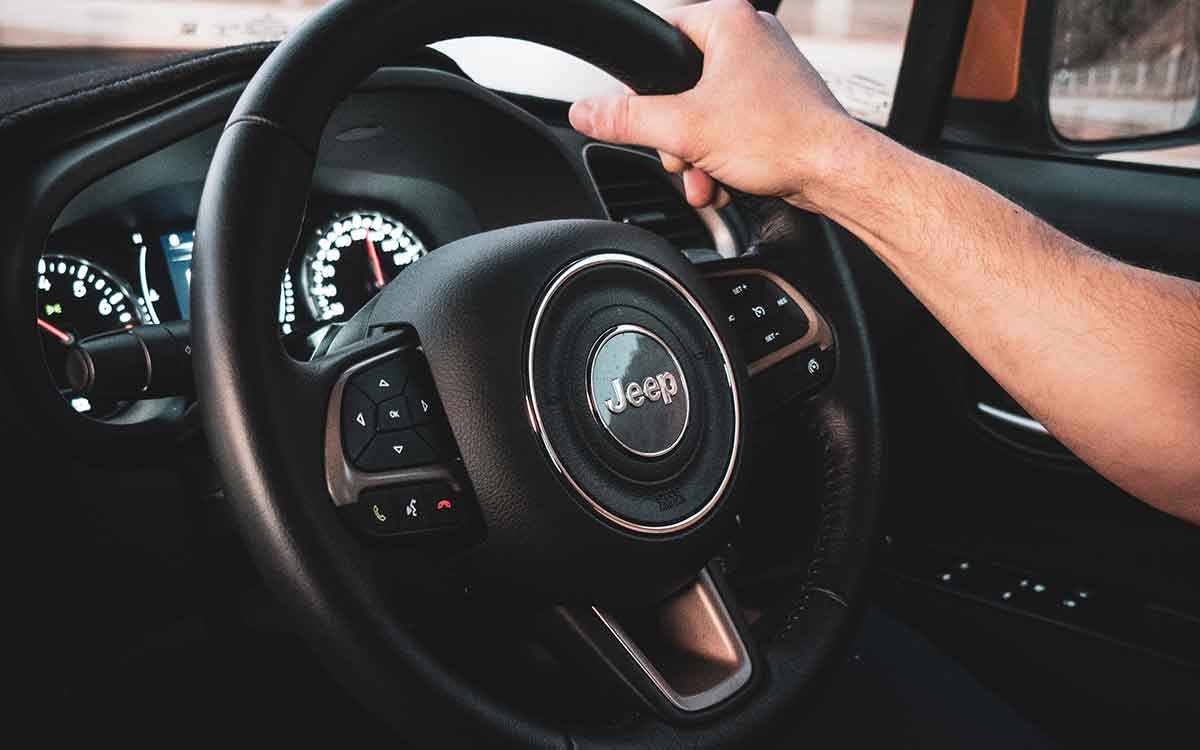If your car has lost power and you see a car symbol on the dashboard, it means that there is something wrong with the engine. This article will help you to understand what that symbol means and what you can do to fix the problem. We will discuss some of the most common causes of this issue and provide tips for how to get your car up and running again.
What does the car on the dashboard symbol mean?
Have you wondered why your car won’t start and what that car symbol on the dashboard means? It indicates that there is something wrong with the engine such as a problem with the spark plugs, fuel injectors, or engine timing.
If you see this symbol, it is important to take your car to a mechanic as soon as possible to have it checked out because if left untreated, this problem can lead to engine damage.
Reasons why my car has no power but has a car symbol on my dashboard
While there are many potential causes of this issue, some of the most common ones include:
1. A problem with the spark plugs:
The first potential reason why your car’s power is off but there is a car symbol on your dashboard might be because of your spark plugs. Spark plugs help the engine to create a spark which then ignites the air and fuel mixture to power the car.
If the spark plugs are not firing correctly, the engine will not be able to run properly. The spark plugs may need to be replaced or cleaned. This is a relatively easy fix and can be done by a mechanic.
2. A problem with the fuel injectors:
Another reason might be because of a problem with your fuel injectors. If the fuel injectors are not working correctly, the engine will not be able to get the correct amount of fuel. This can be caused by a clogged fuel injector or a faulty sensor.
When your fuel injector is clogged, it will not be able to deliver the correct amount of fuel to your engine. This can be caused by a build-up of dirt and debris. The fuel injector will need to be cleaned or replaced.
A faulty sensor can also cause this problem. The sensor is responsible for telling the fuel injector how much fuel to deliver. If the sensor is not working correctly, it can cause the fuel injector to deliver too much or too little fuel. This will need to be fixed by a mechanic.
3. A problem with engine timing:
If the engine timing is off, it can cause the engine to lose power. This is because the valves are not opening and closing at the correct time. The timing belt may need to be replaced or adjusted. To adjust the engine timing, a mechanic will need to use a special tool.
If the timing belt is worn out, it will need to be replaced. This is a more difficult fix and will require a mechanic.
4. Problem with the oxygen sensor
Another potential cause of this issue is a problem with the oxygen sensor. The oxygen sensor is responsible for measuring the amount of oxygen in the exhaust.
If the sensor is not working correctly, it can cause the engine to run lean or rich which will also lead to a loss of power. The oxygen sensor will need to be replaced if it is not working correctly.
5. Catalytic converter
The catalytic converter is responsible for converting the pollutants in the exhaust into less harmful substances. Without a catalyst convertor, the engine will run rich and produce more pollution and it can cause the engine to lose power.
If the catalytic converter is not working correctly, it will need to be replaced by a mechanic as soon as possible.
6. Mass airflow sensor
The mass airflow sensor is responsible for measuring the amount of air flowing into the engine. This helps the engine to control the amount of fuel being delivered.
If the mass airflow sensor is not working correctly, it can also cause the engine to run lean which will lead to a loss of power. The mass airflow sensor will need to be replaced by a mechanic if it is not working correctly.
These are some of the most common reasons why your car might have lost power and has a car symbol on your dashboard. If you are experiencing this problem, it is important to take your car to a mechanic as soon as possible.
Trying to diagnose and fix the problem yourself can be difficult and may even make the problem worse. A mechanic will be able to quickly identify the cause of the problem and get your car back on the road.
How to prevent your engine from losing power
There are several ways to protect your engine from losing power, some of which are:
1. Regular tune-ups for your car.
Make sure to get a regular tune-up for your car, You might think because your car is firing on all four cylinders there’s no problem and there is absolutely nothing to worry about, but think about it like the human body where you constantly have to go for medical check-ups to ensure your health is top-notch.
The same goes for your car. Taking it for regular tuneups will help to keep all of the components in your engine running smoothly and prevent any potential problems.
2. Change your oil regularly
Changing your oil is one of the most important things you can do for your car. It is recommended that you change your oil every 5000 miles or every six months, whichever comes first.
The oil change is one of the most basic and important services for your car but it is one of the things we never check until it’s critical. An oil change helps to lubricate the engine components and prevents them from overheating.
3. Check your tire pressure regularly
Again, It is important to check your tire pressure regularly. Low tire pressure can lead to a loss of power in your car.
The proper tire pressure for your car can be found in the owner’s manual or on the doorjamb of the driver’s side door.
4. Keep your engine clean
A dirty engine can lead to a loss of power. Over time, dust and grime will build on the components of your engine and make it difficult for them to function properly.
You can clean your engine yourself or take it to a mechanic to have it professionally cleaned. Cleaning your engine regularly will help keep it running smoothly and prevent any potential problems.
5. Keep an eye on the engine’s coolant level
The engine coolant helps to keep the engine cool and prevents it from overheating. If the coolant level is low, it can lead to a loss of power in your car.
You can check the engine coolant level by opening the hood of your car and looking at the overflow tank. The coolant level should be between the “full” and “low” marks on the tank.
If the coolant level is low, you can add more coolant to the tank. It is important to use the correct type of coolant for your car. The type of coolant can be found in the owner’s manual or on the radiator cap.
6. Check your air filter
The air filter helps to keep the engine clean and prevents dirt and debris from entering the engine. If the air filter is dirty, it can restrict the airflow to the engine and cause a loss of power.
You can check the air filter by removing it from the air filter housing and holding it up to a light. If you cannot see through the filter, it needs to be replaced because a dirty air filter can lead to a loss of power in your car.
7. Check for leaks
Leaks can occur in the engine, exhaust, or tires. If there is a leak, it can cause a loss of power in your car.
You can check for leaks by looking under the car for any wet spots on the ground. If you see a wet spot where you parked your car, there is likely a leak.
It is important to fix any leaks as soon as possible to prevent further damage to your car.
Final thoughts
If your car has no power and you see a car symbol on the dashboard, it is important to take the car to a mechanic. Trying to diagnose and fix the problem yourself can be difficult and may cause further damage to your car.
A mechanic will be able to diagnose and fix the problem quickly and efficiently. They will also be able to give you advice on how to avoid the problem in the future.
“Tuneups” every few months can do wonders not just for your physical and mental well-being, but for your car as well. Just like our bodies need check-ups to ensure everything is running smoothly, so does your car. Regular tune-ups help keep all the parts of your engine working together efficiently and prevent big problems before they start.
During a tune-up, your mechanic will usually:
- Check the engine’s oil level and quality
- Inspect the air filter and replace it if necessary
- Check the engine coolant level and add more coolant if necessary
- Inspect the belts and hoses for wear and tear
- Check the tires for proper inflation
Tune-ups are relatively inexpensive and can save you a lot of money in the long run. It is important to take your car to a mechanic regularly to ensure that it is running smoothly and to prevent any potential problems. Taking your car to a mechanic for a tune-up is the best way to keep your car in good condition and prevent any major problems.
Thanks for reading! I hope this article was helpful. If you have any further questions, feel free to leave a comment below. Happy driving!

